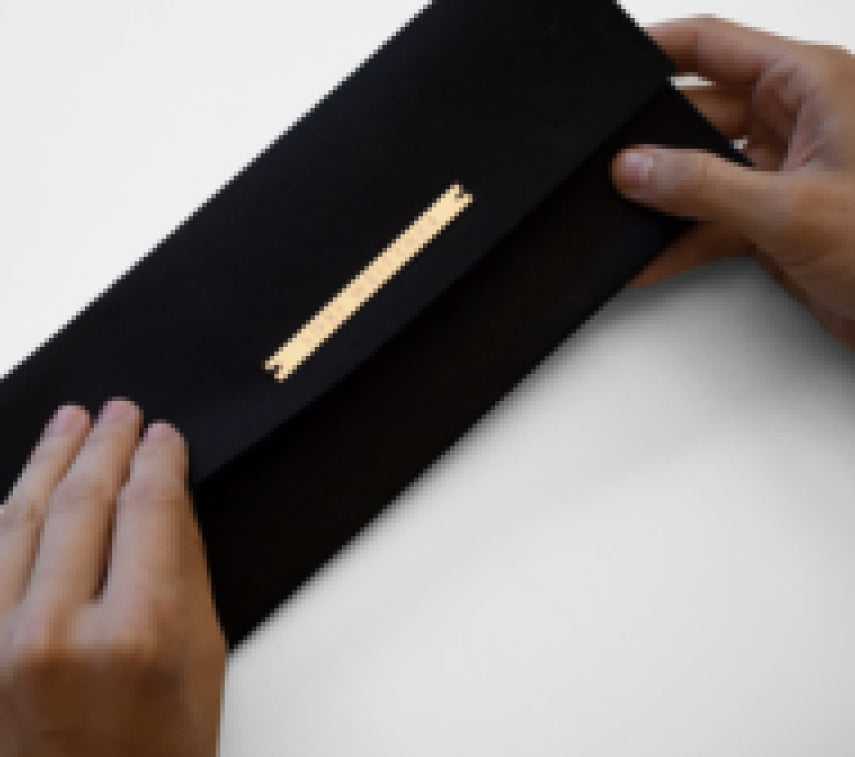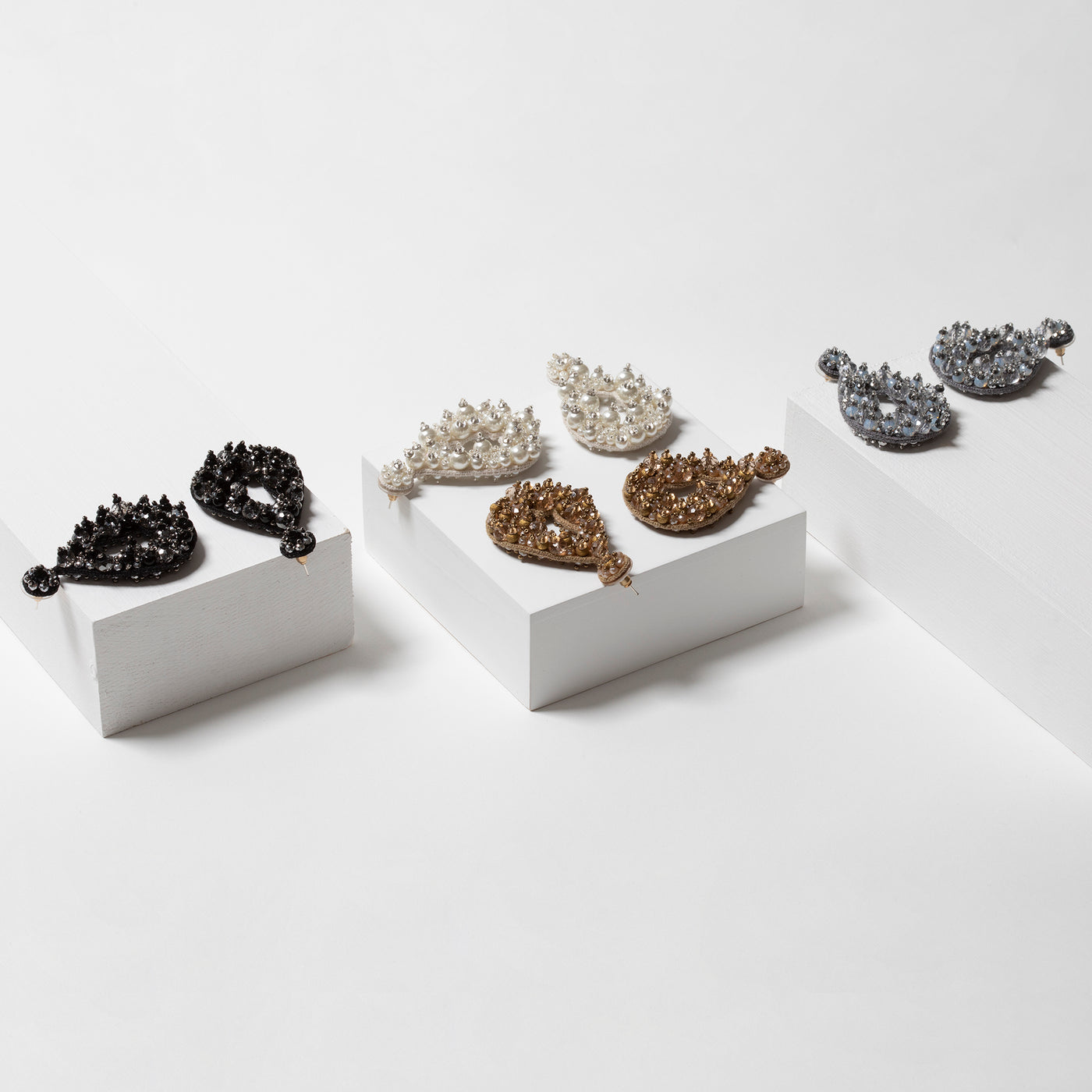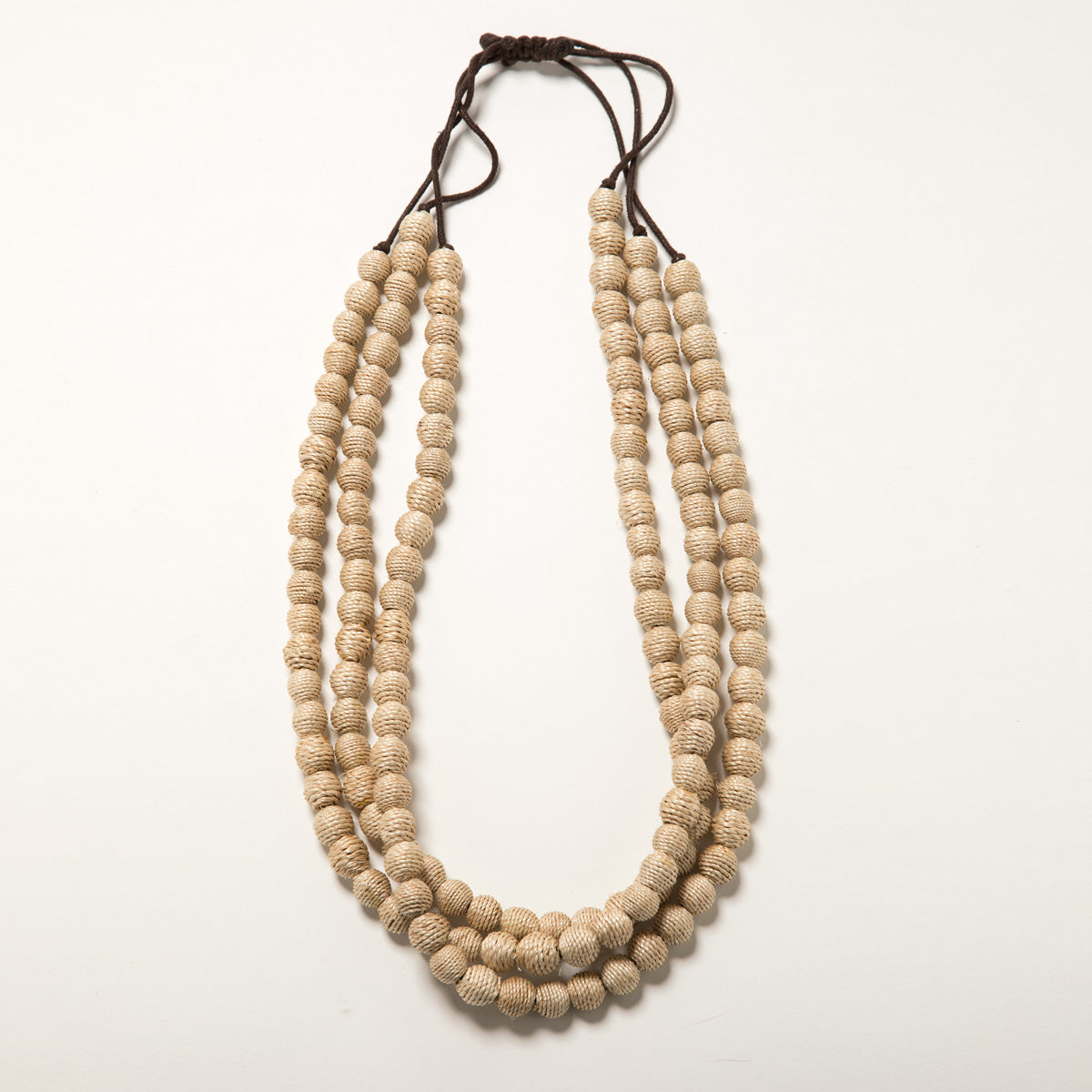
Fashion authorities have proclaimed that the cuff bracelet is “having a moment,” including on the runways of some of fashion’s heaviest hitters: Vuitton, Chanel, Chloe. The apparent inspiration for this resurgence of interest lies in two Marvel movies that dramatically showcase female power. Wakanda’s fierce warriors, the women-only Dora Milaje, sport them in Black Panther to stunning effect.

Wonder Woman, another Marvel icon, has done the same for generations now, including in 2020’s Wonder Woman 1984. No mere embellishment, the cuffs are both symbolic of warrior status in these films and protective of the flesh beneath. Wonder Woman’s “bracelets of submission,” in fact, repel bullets and, when crossed one over the other, create an impenetrable force field.

But the power of the cuff bracelet is nothing new. Almost by definition, cuffs are objects of gravitas in their visibility, boldness, and impact. They have for millennia been used to convey power and status.

Ancient Egyptian hinged cuffs believed to have belonged to the wives of Thutmose lll, who ruled Egypt for more than 50 years (Credit: Met Museum)

Working with Fulco di Verdura In the early 1930s, Coco Chanel audaciously “repurposed” stones from the jewelry pieces gifted her by her lovers to create two of the most iconic pieces of jewelry in modern history: the Maltese cross cuffs. Made of base metal covered with enamel, and almost always worn as a pair on opposite wrists, the cuff braclets (among other pieces) came to symbolize Chanel’s iconoclastic style and fierce independence. Thus was the modern cuff born. Marlene Dietrich, Diana Vreeland, and Jackie Onassis famously followed suit with cuffs of equal heft, style and daring, some made of precious materials and others not.

Elsa Peretti’s bone cuff bracelet, like so much else she designed for Tiffany & Co., revolutionized and popularized the style in the early 1970’s. Its unapologetically sensuous, sculptural wrist-hugging form simply captured the aesthetic of the feminist movement. Crafted of (relatively) affordable silver – a metal that Tiffany’s previously had eliminated from its collections – it was and is clean, sleek, strong, boldly stylish, and meant for “the working woman.” It is no coincidence that Peretti’s bone cuff is the piece we see on the wrist of Diana Prince, Wonder Woman’s alter ego, after she has saved the world.
Just another day at the office.



